Employee attraction and retention is one of the biggest concerns for leaders in the legal profession. In today’s skills-short market, where competition between firms is fierce, top talent can afford to be discerning. It’s also an opportunity for you to take steps to improve your recruitment process to find, engage with and retain the right people for your company.
The new year is the perfect time to take affirmative action. Read on to identify and address your recruitment and retention issues and commit to a positive change in the way you recruit for the future.
Setting Goals for 2019
Make a resolution in 2019 to invest time in your recruitment process to find and retain the right people for your business, by:
- Reassessing your recruitment methods – How scientific are they?
- Reviewing the success of your recruitment campaigns – Do candidates stay in the role?
- Looking at employee satisfaction and turnover data – Are employees happy?
- Asking your employees about their recruitment experience – What can be improved?
- Working in partnership with experts who understand your business – Are you using recruiters who specialise in your profession?
The Business Impact of Poor Hiring Decisions
Recruitment is about assessing and matching people’s characteristics to the requirements of the job. Making good appointments can be difficult, so having the right tools in place to help you select the right people for the right role is crucial.
Before you even think about the selection, have you considered the business impact of making poor hiring decisions? If not, here are some of the top factors that impact on your recruitment strategy:
- Cost – There are huge costs associated with making poor hiring decisions. For example, the average cost of a ‘bad’ hire is 2-3 times the person’s salary, this includes direct and indirect costs like recruitment process, onboarding, training, lost productivity, lower employee morale…the list goes on.
- Negative Impact on Culture – Hiring the ‘wrong’ people can cause all sorts of problems with poor performance (e.g. not fulfilling job responsibilities, not being motivated to perform) and negative behaviour (e.g. bullying behaviour, others having to pick up the slack), which all impact on employee morale and the overall working culture and can ultimately cause others to leave their jobs (contributing to more costs).
- Candidate Experience – Your recruitment process is a window into your organisation. If a candidate perceives the process as being unfair, this can cause a number of issues, including causing them to drop out of the process, possible legality issues and endangering your company’s reputation.
Investing in a good recruitment strategy provides widespread gains.
For the organisation, because the best person is more likely to be hired, a better hiring decision means better productivity and profit, for candidates, because they will be motivated to do well if they feel it has been a valid selection process, for colleagues, as they are more likely to work with someone who is engaged, motivated and competent for the job, and for customers, because they will receive a better overall service.
Scientific Methods for Selection
At Impact – Psychology for Business, we are trained Business Psychologists who use research-based methods for recruitment that are scientifically tested to help identify someone’s potential performance on the job. We advise our clients on the most suitable and fair process for recruitment and help our clients to hire the people whose performance is likely to be the highest, ensuring the most effective organisational fit.
The key features of scientific selection methods are:
- Reliable – This relates to the consistency of a test, if a candidate repeats a test the results would be the same.
- Valid – This relates to whether the test is measuring what it says it is measuring and can help differentiate between good and poor candidates and tells you the extent to which a person will perform well on the job.
- Fair – This means that the test does not discriminate against any subgroups, which is very important if a hiring decision is contested. This protects the employer and candidate.
- Sensitive – This means that the test will differentiate between good and poor candidates, so it will be easier to pick out the ‘best’.
You are less likely to identify a great employee when…
- There is no job description or person specification. If you do not have either of these resources, then how will you know what you are looking for? How will you know what makes a great employee? No method of assessment can be valid if you don’t know what you are looking for and measuring in the first place.
- Recruiting someone using non-scientific selection methods. These can include, CV, informal chats, unstructured interviews and references. All of these methods lack reliability, validity, fairness and sensitivity. Unconscious bias can creep into all of these methods, which can jeopardise the recruitment process and cause greater cost in the long run. If you do use some of these methods (e.g. CV and references) ensure that you combine them with more scientific methods to increase validity.
You are more likely to identify a great employee when…
- You have invested in preparation, by conducting a thorough job analysis of the role you are recruiting for and drawing up a job description, then identifying the abilities, personalities and motives of the ideal person for the job and creating a person specification. Using trained professionals to help with this process ensures that the selection process is more precise, ultimately saving on resources.
- You use scientific selection methods, which eliminate bias, increase the fairness of the process and help to identify a top performing candidate more accurately. It is best practice to use selection methods in combination using professionals who are trained to administer tests and provide accurate and fair feedback.
Top scientific selection methods:
- Structured interviews – Interview questions are derived from the job analysis (the key behaviours, skills and abilities required for the role). The questions are consistent across interviews and interviewers use a set of competencies to evaluate the candidate’s responses. Everyone has an equal opportunity to demonstrate their knowledge.
- Situational judgement tests – These present candidates with a set of hypothetical work-based scenarios and require them to make judgments about how they would react by choosing from a list of predetermined responses. Generally, candidates respond favourably to this type of test as they can usually see the relevance of the scenario to the target role.
- Psychometrics – These tests objectively measure a candidate’s ability (for example critical, numerical or verbal reasoning) or aspects of their personality which help identify the amount of ‘fit’ in the candidate’s style of working to the role.
Collaborating to make the most of your recruitment investment
We would encourage organisations to work with one recruitment agency in a meaningful way so that they understand you and your business needs. Using professionals in this way may seem like an extra expense at first, but the return on investment in the long run of recruiting the right person will certainly outweigh this initial financial investment.



